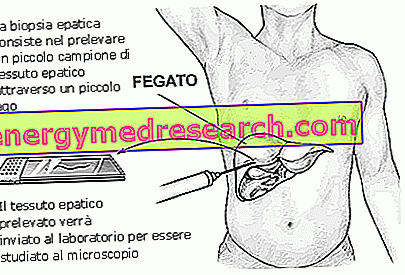
What is Oprymea?
Oprymea is a medicine that contains the active substance pramipexole base. It is available as white tablets (round: 0.088 mg, 0.7 mg and 1.1 mg; ovals: 0.18 mg and 0.35 mg).
Oprymea is a generic medicine. This implies that it is similar to a "reference medicine" already authorized in the European Union (EU) called Sifrol (also known as Mirapexin). For more information on generic medicines, see the questions and answers by clicking here.
What is Oprymea used for?
Oprymea is used to treat Parkinson's disease, a progressive mental disorder that causes tremor, slowness of movement and muscle stiffness. Oprymea can be used alone or in combination with levodopa (another medicine for Parkinson's disease), at any stage of the disease including the final stages when the effect of levodopa becomes less effective.
The medicine can only be obtained with a prescription.
How is Oprymea used?
Oprymea tablets should be taken with water, with or without food. The initial dose is 0.088 mg three times a day. Every five to seven days the dose should be increased until symptoms are controlled without causing side effects that cannot be tolerated. The maximum daily dose is 1.1 mg three times a day. Oprymea should be given less frequently in patients who have problems with their kidneys. If for any reason the treatment is stopped, the dose should be gradually decreased.
For more information, see the package leaflet.
How does Oprymea work?
The active substance in Oprymea, pramipexole, is a dopamine agonist that mimics the action of dopamine. Dopamine is a substance responsible for the transmission of messages, contained in the brain districts that control movement and coordination. In patients with Parkinson's disease, dopamine-producing cells begin to die, resulting in a decrease in the amount of dopamine present in the brain. Patients therefore lose the ability to control their movements reliably. Pramipexole stimulates the brain as well as dopamine, allowing patients to control their movements and reduce the signs and symptoms of Parkinson's disease, including tremors, stiffness and slowed movements.
What studies have been carried out on Oprymea?
Since Oprymea is a generic medicine, the studies have limited itself to demonstrating that the drug is bioequivalent to the reference medicines (which produce the same levels of the active substance in the body).
What is the risk associated with Oprymea?
Because Oprymea is a generic medicine and is bioequivalent to the reference medicine, its benefits and risks are supposed to be the same.
Why has Oprymea been approved?
The Committee for Medicinal Products for Human Use (CHMP) concluded that, in accordance with the requirements of EU legislation, Oprymea has been shown to have comparable quality and to be bioequivalent to Sifrol. The CHMP is therefore of the opinion that, as in the case of Siprol, the benefits outweigh the identified risks. The committee recommended that Oprymea be given marketing authorization.
More information on Oprymea
On 12 September 2008, the European Commission issued a marketing authorization for Oprymea, valid throughout the European Union, to KRKA, dd, Novo mesto.
For the full version of the evaluation (EPAR) of Oprymea, click here.
The full EPAR of the reference medicine can also be consulted on the EMEA website.
Last update of this summary: 07-2008.



